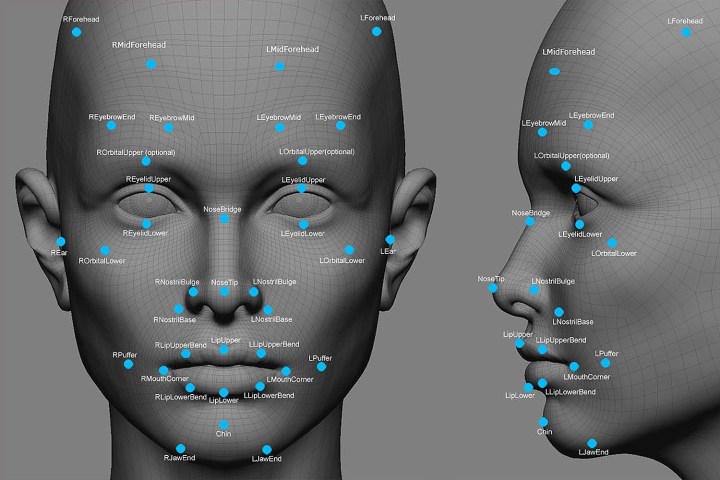
Well, there is a new AI application that will be appreciated by procrastinating employees around the world — a deep learning face-recognition program that can hide your screen when your boss walks by.
“I feel awkward when my boss is creeping behind,” Hiroki Nakayama, the brains behind the program, wrote in a post. “Of course, I can switch the screen in a hurry, but such behavior is suspicious, and sometimes I don’t notice him. So, in order to switch the screen without being suspected, I [created] a system that automatically recognizes that he is approaching me and hides the screen.”
To train the software, Nakayama familiarized his computer with his boss’ face by showing a program a bunch of images. He then positioned a webcam to peer down the aisle toward the boss’ desk, which sits about 20 feet away. He can clear that distance in about five seconds, Nakayama wrote, so the system does not have much time to react.
Nakayama describes his system — which he dubbed the Boss Sensor — in a detailed blog post, down to the webcam and software he used to capture and process the images of his overseer. He used OpenCV to detect faces and a library called Keras to build the convolution neural network (CNN) that can identify the specific face of his boss. Once the CNN identifies the face, a prepared static image of code — Nakayama is a programmer — appears in full screen, making him appear hard at work while hardly working.
Nakayama shared his source code on GitHub for other slackers to adapt in their own workplace.
Editors' Recommendations
- Tom Hanks warns of AI-generated ad using his likeness
- How will we know when an AI actually becomes sentient?
- A.I. researchers create a facial-recognition system for chimps


